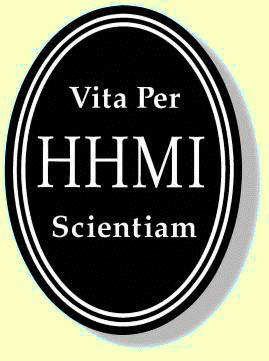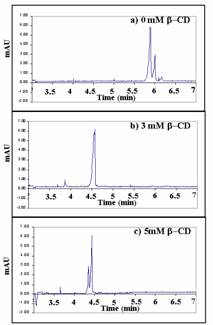
|
Wednesday, 11 August 2004 Plenary Lecture |

|

|
Wednesday, 11 August 2004 Plenary Lecture |

|

|
Dr.
Isiah Warner Boyd Professor and Philip W. West Professor of Analytical and Environmental Chemistry Louisiana State University, Baton Rouge, Louisiana Abstract |

|